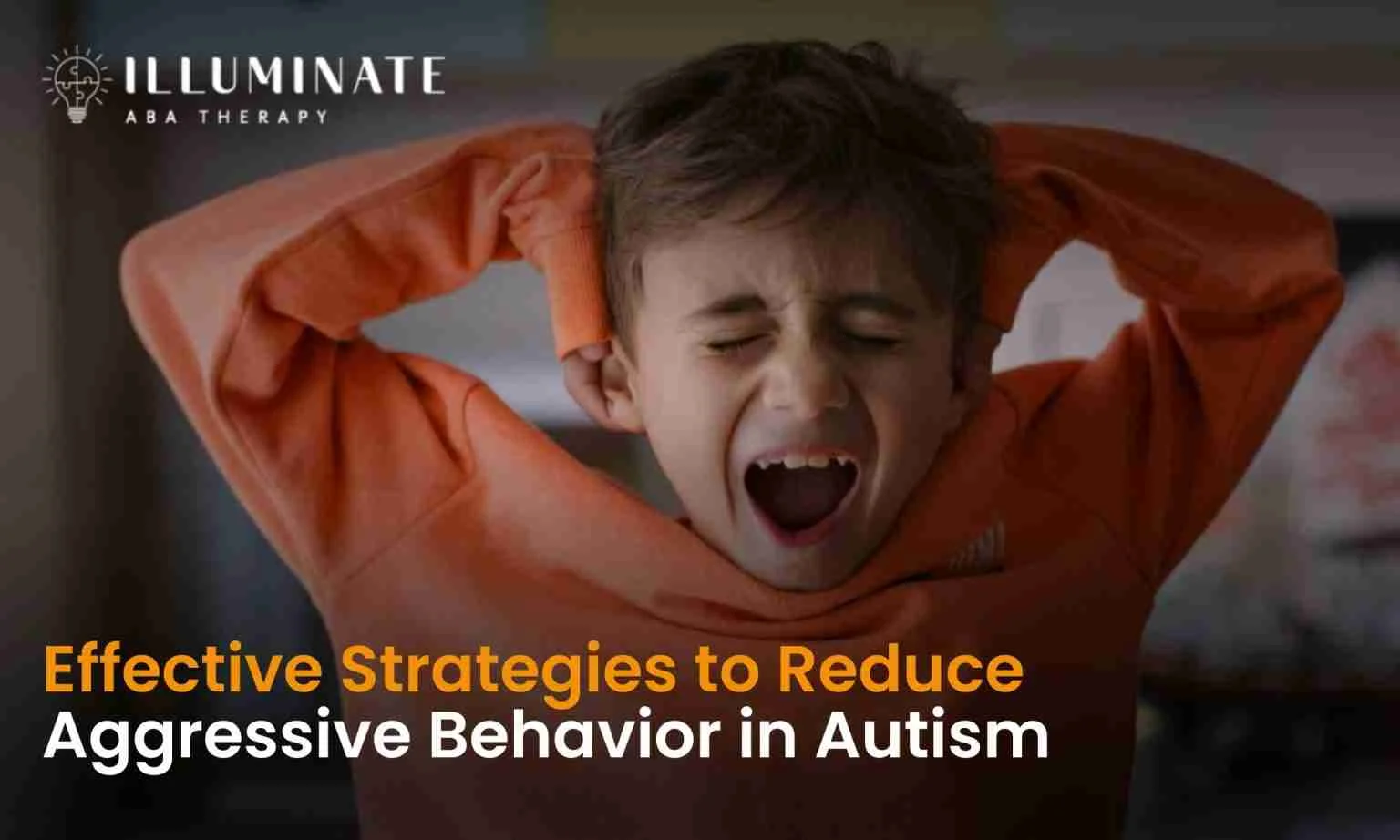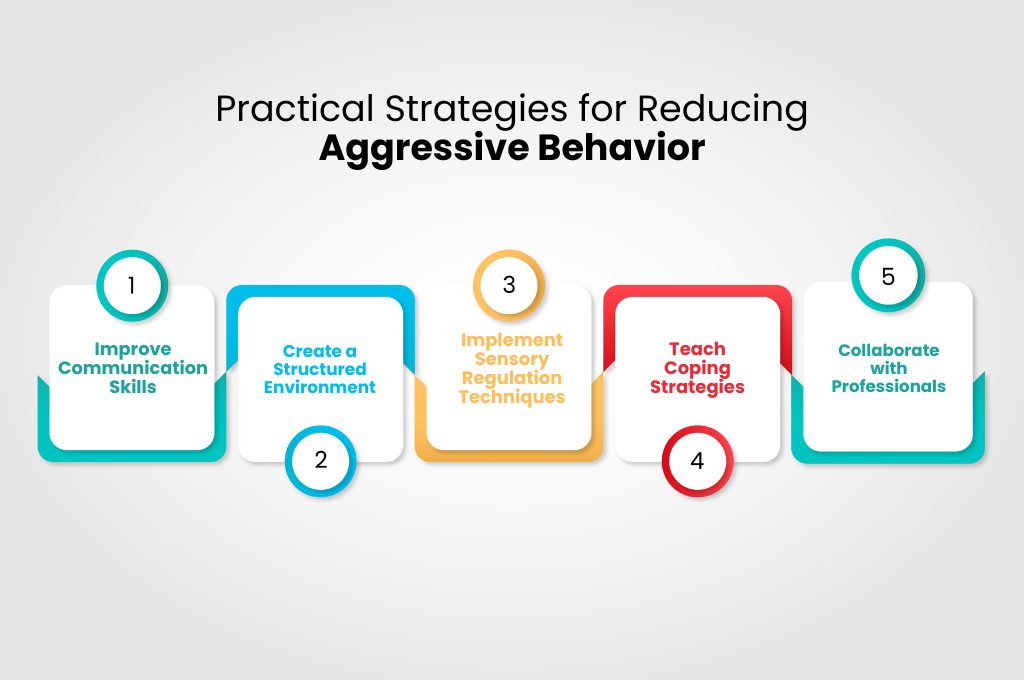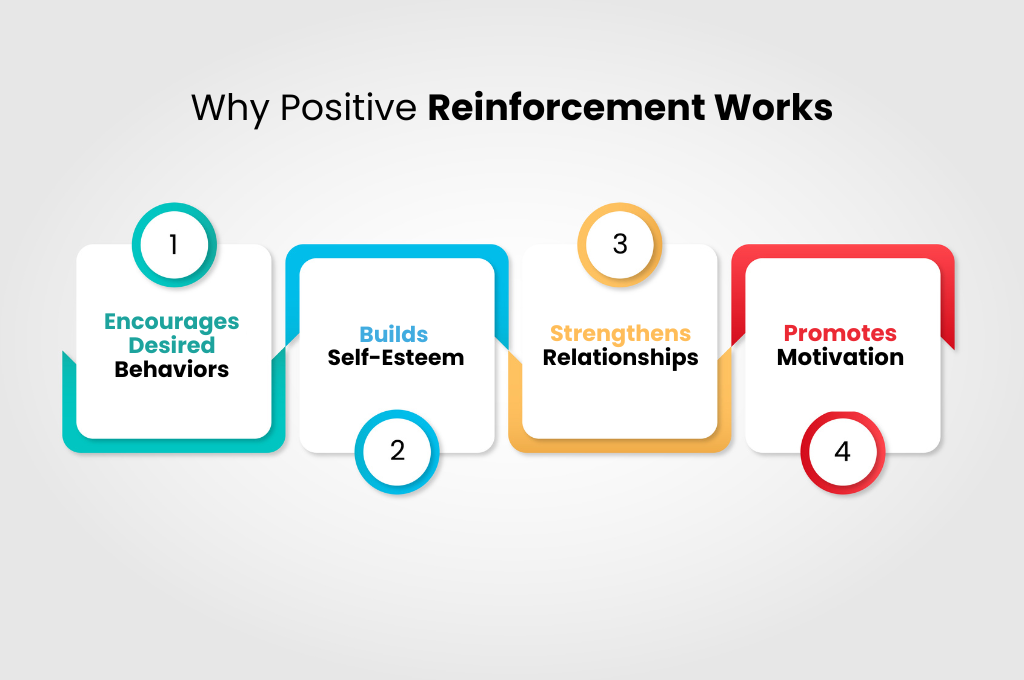Effective Strategies to Reduce Aggressive Behavior in Autism
ABA TherapyJuly 17, 2025

Aggressive behavior in individuals with autism can be a challenging aspect for families and caregivers. Understanding the underlying causes and implementing effective strategies can significantly improve behavior and enhance quality of life.
In this blog post, we will explore practical insights into reducing aggressive behavior in autism, focusing on actionable steps that parents, caregivers, and educators can take.
Understanding Aggressive Behavior in Autism
Before addressing how to reduce aggressive behavior, it's essential to understand what it is and why it occurs. Aggressive behavior may manifest as hitting, biting, yelling, or throwing objects. These behaviors often stem from:
- Communication Difficulties: Individuals with autism may struggle to express their needs or frustrations verbally, leading to aggression as a means of communication.
- Sensory Overload: Many individuals with autism are sensitive to sensory input. Overstimulation from lights, sounds, or crowds can trigger aggressive responses.
- Changes in Routine: A sudden change in environment or routine can cause anxiety and lead to aggressive outbursts.
- Frustration: Difficulty in completing tasks or understanding social cues can result in frustration that manifests as aggression.
Recognizing these triggers is the first step toward implementing effective strategies.
Practical Strategies for Reducing Aggressive Behavior

Improve Communication Skills
Enhancing communication can significantly reduce frustration and aggressive behavior. Here are some methods:
- Use Visual Supports: Incorporate visual aids like picture schedules or social stories to help individuals understand expectations and routines.
- Teach Alternative Communication Methods: Consider using augmentative and alternative communication (AAC) devices or sign language to provide individuals with tools to express their needs effectively.
- Model Appropriate Language: Demonstrate how to express emotions verbally. For example, teach phrases like “I need a break” or “I feel upset.”
Improve Communication Skills
A predictable environment can help reduce anxiety and aggression:
- Establish Routines: Consistent daily routines provide a sense of security. Use visual schedules to outline daily activities.
- Prepare for Transitions: Give advance warnings before transitions occur. Use timers or countdowns to signal changes in activities.
- Designate Safe Spaces: Create a calming area where the individual can retreat when feeling overwhelmed. Equip it with sensory toys or calming visuals.
Improve Communication Skills
Addressing sensory needs can prevent aggressive outbursts:
- Identify Sensory Triggers: Observe what sensory inputs lead to aggression. This could involve bright lights, loud noises, or crowded spaces.
- Provide Sensory Breaks: Schedule regular breaks throughout the day for sensory regulation activities such as deep pressure input (e.g., weighted blankets) or calming music.
- Engage in Sensory-Friendly Activities: Activities like swinging, jumping on a trampoline, or playing with sensory bins can help regulate sensory input positively.
Teach Coping Strategies
Engaging with professionals trained in autism support can provide tailored strategies:
- Behavioral Therapists: Applied Behavior Analysis (ABA) therapy focuses on modifying behaviors through reinforcement strategies.
- Occupational Therapists: They can help address sensory processing issues and develop coping strategies tailored to individual needs.
- Speech Therapists: These professionals assist in improving communication skills which are crucial for reducing frustration-related aggression.
Collaborate with Professionals
Engaging with professionals trained in autism support can provide tailored strategies:
- Behavioral Therapists: Applied Behavior Analysis (ABA) therapy focuses on modifying behaviors through reinforcement strategies.
- Occupational Therapists: They can help address sensory processing issues and develop coping strategies tailored to individual needs.
- Speech Therapists: These professionals assist in improving communication skills which are crucial for reducing frustration-related aggression.
The Importance of Positive Reinforcement
Positive reinforcement is a powerful tool in behavior management, particularly for individuals with autism. It involves providing a reward or positive outcome following a desired behavior, which increases the likelihood that the behavior will be repeated in the future.
This approach not only encourages desirable behaviors but also fosters a supportive and nurturing environment that can enhance self-esteem and motivation.
Why Positive Reinforcement Works

- Encourages Desired Behaviors: When individuals receive praise or rewards for specific actions, they are more likely to repeat those actions. This is especially important for individuals with autism, who may struggle with communication and social interactions.
- Builds Self-Esteem: Positive reinforcement helps individuals feel valued and recognized for their efforts. This boost in self-esteem can lead to increased confidence in their abilities and willingness to engage in social situations.
- Strengthens Relationships: By focusing on positive behaviors, caregivers and educators can build stronger, more trusting relationships with individuals. This creates a supportive environment where individuals feel safe to express themselves.
- Promotes Motivation: Knowing that there is a reward for certain behaviors can motivate individuals to engage in those behaviors more consistently. This can be particularly effective when the rewards are meaningful to the individual.
Reward Appropriate Behaviors
To effectively use positive reinforcement, it’s crucial to identify and reward appropriate behaviors consistently. Here’s how:
- Specific Praise: Instead of general praise like “Good job,” be specific about what behavior you are reinforcing. For example, say, “I really liked how you asked for help instead of getting upset.” This helps the individual understand exactly what they did well.
- Tokens and Small Rewards: Consider using tokens or small rewards as immediate reinforcers. For instance, if an individual uses appropriate communication during a challenging situation, they could earn tokens that can be saved up for larger rewards like a favorite activity or treat.
- Immediate Feedback: Timing is essential in positive reinforcement. Providing immediate feedback after the desired behavior occurs helps create a clear connection between the action and the reward.
Create a Reward System
Implementing a structured reward system can further enhance the effectiveness of positive reinforcement:
- Behavior Charts: Create a visual chart that tracks positive behaviors over time. Each time an individual engages in a desired behavior, they receive a mark or sticker on the chart. This visual representation can motivate them to continue working towards their goals.
- Point Systems: Develop a point system where individuals earn points for specific positive behaviors. For example:
- 1 point for using appropriate words when upset
- 2 points for sharing toys with others
- 3 points for completing homework independently
- Once they accumulate a certain number of points, they can exchange them for preferred activities or items, such as extra screen time, a special outing, or a small toy.
- Choice Boards: Create a choice board that lists various rewards or activities that the individual can choose from once they reach their point goal. This empowers them to make decisions about their rewards and increases their investment in the process.
- Regular Review: Periodically review the reward system with the individual to ensure it remains motivating and relevant. Adjust the criteria or rewards as needed based on their interests and progress.
Conclusion
Reducing aggressive behavior in individuals with autism requires patience, understanding, and consistent effort from caregivers and educators. By implementing effective communication strategies, creating structured environments, addressing sensory needs, teaching coping mechanisms, and collaborating with professionals, families can foster an environment that minimizes aggression while promoting positive interactions.
Remember that every individual is unique; therefore, it’s essential to tailor these strategies to meet specific needs. With time and dedication, it’s possible to see significant improvements in behavior and overall well-being.
By following these insights and strategies outlined above, caregivers can create a more harmonious environment that supports the emotional and behavioral development of individuals with autism.
Learn More About: Feeding Issues in Autism


